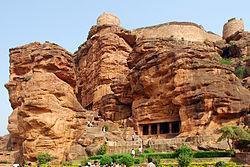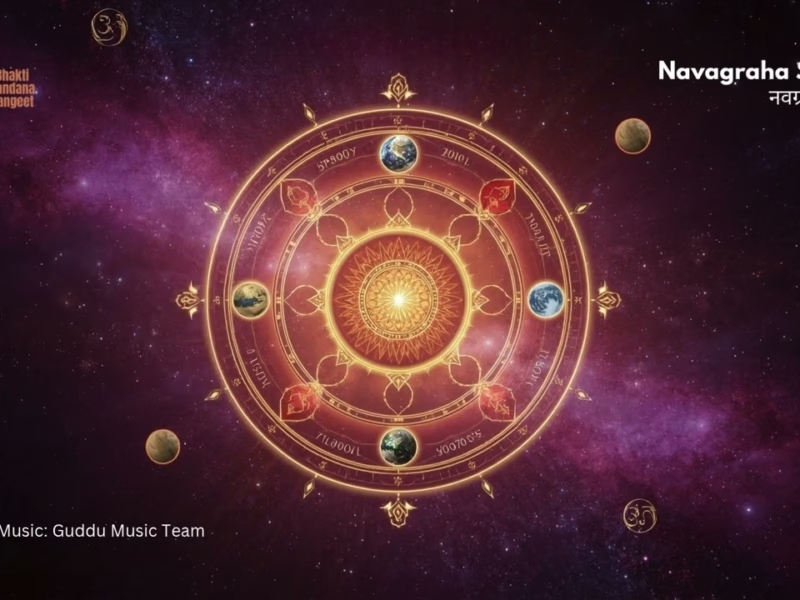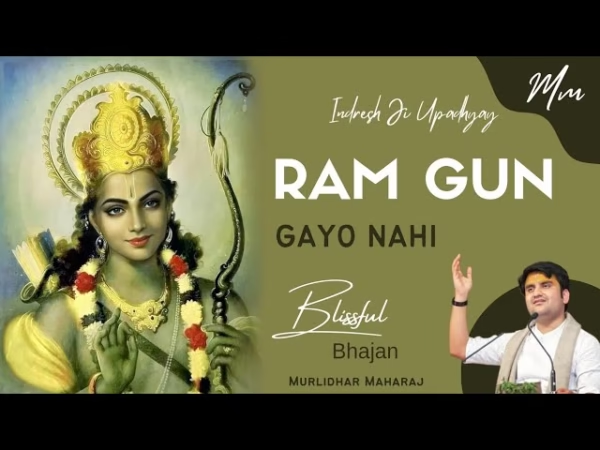Contents
Badami, Bagalkot, Karnataka
| Date built: | – |
|---|---|
| Deity: | – |
| Architectural style: | – |
| Major festivals | – |
| Locale: | – |
| District:: | Bagalkot |
| Address: | – |
| Phone | – |
Architecture
Legend / Local stories
The Puranas state the wicked asura Vatapi was killed by sage Agastya, and it refers to this area as Vatapi and Agastya Tirtha. In the Ramayana, Agastya and Lopamudra are described as living in Dandaka forest, on the southern slopes of Vindhya mountains. Rama praises Agastya as the one who can do what gods find impossible. He is described as the sage who used his Dharma powers to kill demons Vatapi and Ilwala after they had jointly misled and destroyed 9,000 men.
In the Mahabharata, sage Agastya is described in the epic as a sage with enormous powers of ingestion and digestion. To kill men, asura Vatapi used to become a goat and his brother Ilvala would cook him. Then, Vatapi would recollect in the stomach and tear himself out from the inside of the victim, killing the victim. When Agastya arrives, Ilvala offers the goat again. He kills Vatapi by digesting the meal as soon as he ate, giving Vatapi no time to self organize.Agastya, in the legends of Mahabharata, kills the demons Vatapi and Ilvala much the same mythical way as in the Ramayana.
- Kingdoms
Badami Chalukyas was founded in AD 540by Pulakeshin I (AD 535–566), an early ruler of the Chalukyas is generally regarded as the founder of the Early Chalukya line. An inscription record of this king engraved on a boulder in Badami records the fortification of the hill above “Vatapi” in 544. Pulakeshin’s choice of this location for his capital was no doubt dedicated by strategic considerations since Badami is protected on three sides by rugged sandstone cliffs. His sons Kirtivarman I (AD 567–598) and his brother Mangalesha (AD 598–610) constructed the cave temples.Kirtivarman I strengthened Vatapi and had three sons Pulakeshin II, Vishnuvardhana and Buddhavarasa, who at his death were minors, thus making them ineligible to rule, so Kirtivarman I’s brother Mangalesha took the throne and tried to establish rule, only to be killed by Pulakeshin II who ruled between AD 610 to 642.[5] Vatapi was the capital of the Early Chalukyas, who ruled much of Karnataka, Maharashtra, parts of Tamil Nadu and Andhra Pradesh between the 6th and 8th centuries. The greatest among them was Pulakeshin II (AD 610–642) who defeated many kings including the Pallavas of Kanchipuram.And was later killed by Narasimha Pallavi 1 in the famous battle of vatapi
Old Kannada inscription of Chalukya King Mangalesha dated 578 CE at Badami cave temple no.3
The rock-cut Badami Cave Temples were sculpted mostly between the 6th and 8th centuries.
Inscriptions
Badami has eighteen inscriptions, among them some inscriptions are important. The first Sanskrit inscription in old Kannada script, on a hillock dates back to 543 CE, from the period of Pulakeshin I (Vallabheswara), the second is the 578 CE cave inscription of Mangalesha in Kannada language and script and the third is the Kappe Arabhatta records, the earliest available Kannada poetry in tripadi (three line) metre.one inscription near the Bhuthanatha temple also has inscriptions dating back to the 12th century in Jain rock-cut temple dedicated to the Tirtankara Adinatha.
Photo Gallery
How to Reach:
Contact Details
Official Address











